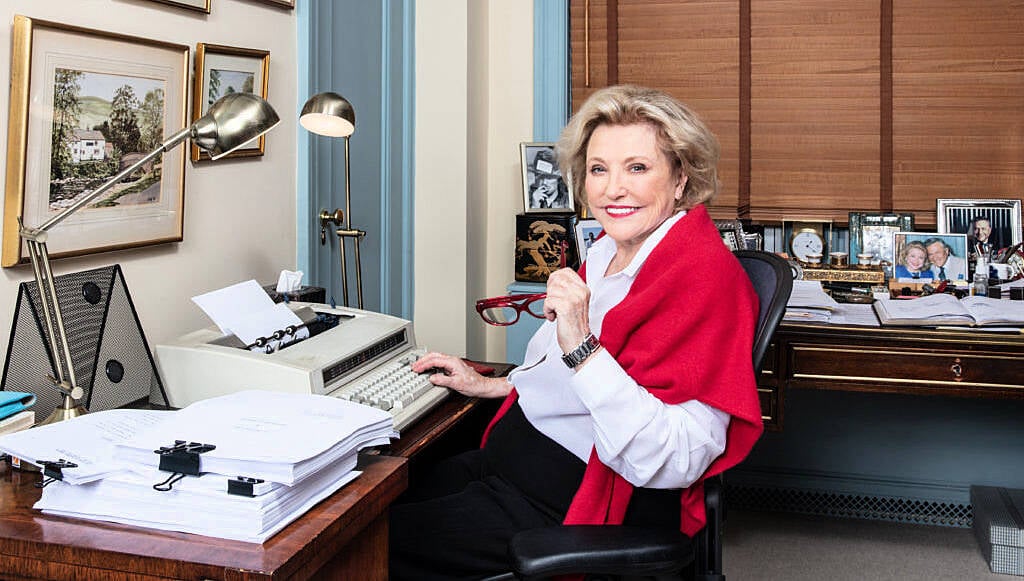That first parade held on a relatively mild Thanksgiving Day in 1924, was extolled as “a marathon of mirth” in splashy newspaper ads. It was actually more akin to a modest church carnival on wheels. Comprising a few marching bands, some clowns, some Mother Goose-themed floats and a small menagerie of animals on loan from Manhattan’s Central Park Zoo that occasionally terrified onlooking children with their howls and growls, the procession managed to trudge a staggering six miles, from 145th Street all the way down to Herald Square, to its final destination: R.
H. Macy & Company, America’s largest department store. Despite its modest offerings, the parade still drew a crowd: By the time Santa, pulling up the rear, descended from his sleigh and climbed a ladder to sit on an ornate gold throne above the store’s brand-new entrance on 34th Street, an estimated 10,000 people were there to cheer him on.
It was a crowning achievement in more ways than one: Macy’s was celebrating its just-completed expansion to one million square feet of retail space, which now gobbled up an entire city block from Broadway to Seventh Avenue. With a blare of his shiny trumpet, Kris Kringle sounded the call for the Macy’s windows to reveal their holiday displays, which the store had branded “The Fair Frolics of Wondertown.” Spectators rushed to the windows, reveling in the dancing marionettes behind the glass.
This article is a selection from the November 2024 issue of Smithsonian magaz.
/https://tf-cmsv2-smithsonianmag-media.s3.amazonaws.com/filer_public/cd/00/cd008e0c-46c7-4b61-8c2b-2e7e4e668c51/untitled-1.jpg)

















